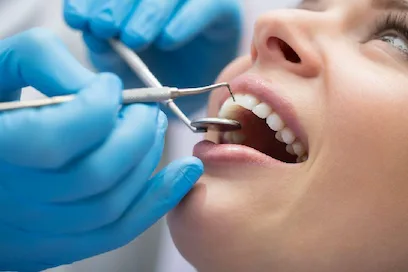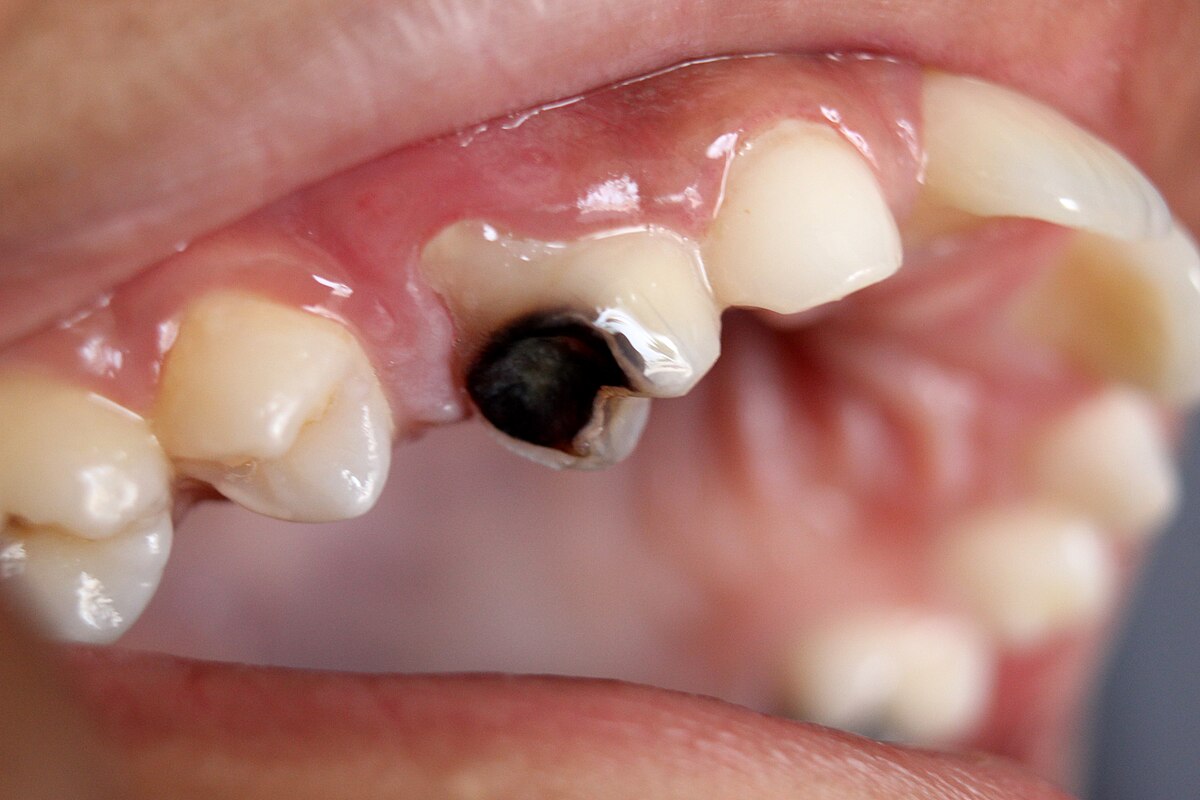What to Look for When Buying a Toothbrush
When it comes to maintaining good oral hygiene, the toothbrush you choose plays a vital role. With so many options available, it can be overwhelming to know what to look for when buying a toothbrush. Whether you’re shopping for a manual toothbrush or an electric one, certain features can make a big difference in the effectiveness of your daily brushing routine. In this guide, we’ll break down what to look for when buying a toothbrush to ensure you make the right choice for your oral health.
1. Brush Head Size and Shape
The size and shape of the toothbrush head are crucial for effective brushing. A brush head that is too large may not reach all areas of your mouth, especially the back teeth, while one that’s too small may not cover enough surface area. Ideally, the head should be small enough to comfortably reach all areas of your mouth, including the back teeth and around the gums.
What to Look For:
- A toothbrush head that is compact, allowing you to easily reach all parts of your mouth.
- A rounded shape for a more comfortable and gentle brushing experience.
2. Bristle Type: Soft vs. Hard Bristles
The bristles of your toothbrush are one of the most important factors to consider when choosing the right one. Many people assume that harder bristles will clean more effectively, but this is not necessarily the case. In fact, hard bristles can damage your gums and enamel, leading to irritation and increased sensitivity.
What to Look For:
- Soft bristles are generally recommended for most people. They are gentle on your gums and enamel while still being effective at removing plaque.
- Medium bristles may be suitable for people with specific oral health needs, but they can still be abrasive for sensitive gums.
- Hard bristles are typically not recommended unless specifically advised by a dentist.
Tip: Choose soft bristles unless you have specific dental issues that require medium or firm bristles.
3. Handle Design and Grip
Comfort is key when it comes to the handle of your toothbrush. A well-designed handle allows you to hold the toothbrush comfortably and maintain control during brushing. This is especially important for people with limited hand mobility or dexterity.
What to Look For:
- A handle that feels comfortable and secure in your hand.
- Non-slip grips or ergonomic designs for better control and comfort while brushing.
- A lightweight handle to make brushing more manageable.
4. Manual vs. Electric Toothbrush
While manual toothbrushes are effective, many people prefer electric toothbrushes for their ease of use and additional features. Electric toothbrushes provide more consistent brushing motion and may help you brush more thoroughly, making them an excellent option for those with limited dexterity or who struggle to maintain a consistent brushing technique.
What to Look For:
- Manual toothbrush: Affordable, portable, and simple to use. Choose one with soft bristles and a comfortable grip.
- Electric toothbrush: Look for one with features like built-in timers, pressure sensors, and various brushing modes. Electric toothbrushes tend to offer more thorough cleaning and may be especially beneficial for people with braces or sensitive teeth.
5. ADA Seal of Acceptance
The American Dental Association (ADA) Seal of Acceptance is a mark of approval that indicates the toothbrush meets rigorous standards for safety and effectiveness. While many toothbrushes on the market are of good quality, selecting one that bears the ADA Seal ensures that the toothbrush has been evaluated by dental professionals.
What to Look For:
- Ensure the toothbrush you choose has the ADA Seal of Acceptance, indicating it meets safety and effectiveness standards.
6. Brushing Action
If you opt for an electric toothbrush, you will also have to choose between different brushing actions. These can include oscillating, rotating, or sonic brushing motions. Each of these actions can offer different benefits, such as improved plaque removal and better gum health.
What to Look For:
- Oscillating and rotating action: These toothbrushes are designed to rotate and move back and forth, often providing a deeper clean.
- Sonic toothbrushes: These toothbrushes vibrate at high speeds and use a sweeping motion to clean your teeth effectively. They are often recommended for plaque removal and gum care.
7. Durability and Cost
A toothbrush’s durability is also an important factor. You’ll need to replace your toothbrush regularly—typically every three to four months or sooner if the bristles are frayed. While it can be tempting to go for the least expensive option, investing in a toothbrush that is durable and well-designed can benefit your oral health in the long run.
What to Look For:
- A toothbrush that offers good value for the price, considering durability and performance.
- If using an electric toothbrush, check the longevity of the brush head, battery life, and warranty.
8. Specialized Features
Some toothbrushes come with extra features designed to address specific oral health needs. Depending on your unique needs, you may benefit from additional features such as:
- Pressure sensors: These alert you when you’re brushing too hard, which can damage your gums and enamel.
- Built-in timers: These help ensure you brush for the recommended two minutes.
- Tongue cleaners: Some toothbrushes have a built-in tongue scraper to help remove bacteria from your tongue.
What to Look For:
- Consider your oral health needs and choose a toothbrush with features that address those needs, such as a pressure sensor for sensitive gums or a timer for better brushing habits.
9. Travel-Friendly Options
If you travel often, it’s a good idea to look for a toothbrush that is compact and portable. Many electric toothbrushes come with travel cases, and some manual toothbrushes are designed with collapsible handles for easy storage in your luggage.
What to Look For:
- A travel-sized manual toothbrush or a durable travel case for an electric toothbrush to keep it safe and clean while on the go.
Conclusion
When shopping for a toothbrush, consider all of these factors to find the one that best suits your needs. Whether you opt for a manual toothbrush or an electric one, the most important thing is to maintain a consistent brushing routine that includes brushing for two minutes twice a day, flossing daily, and visiting your dentist regularly. By understanding what to look for when buying a toothbrush, you can ensure that you’re making a smart choice to support your oral health and keep your teeth and gums in top shape.







